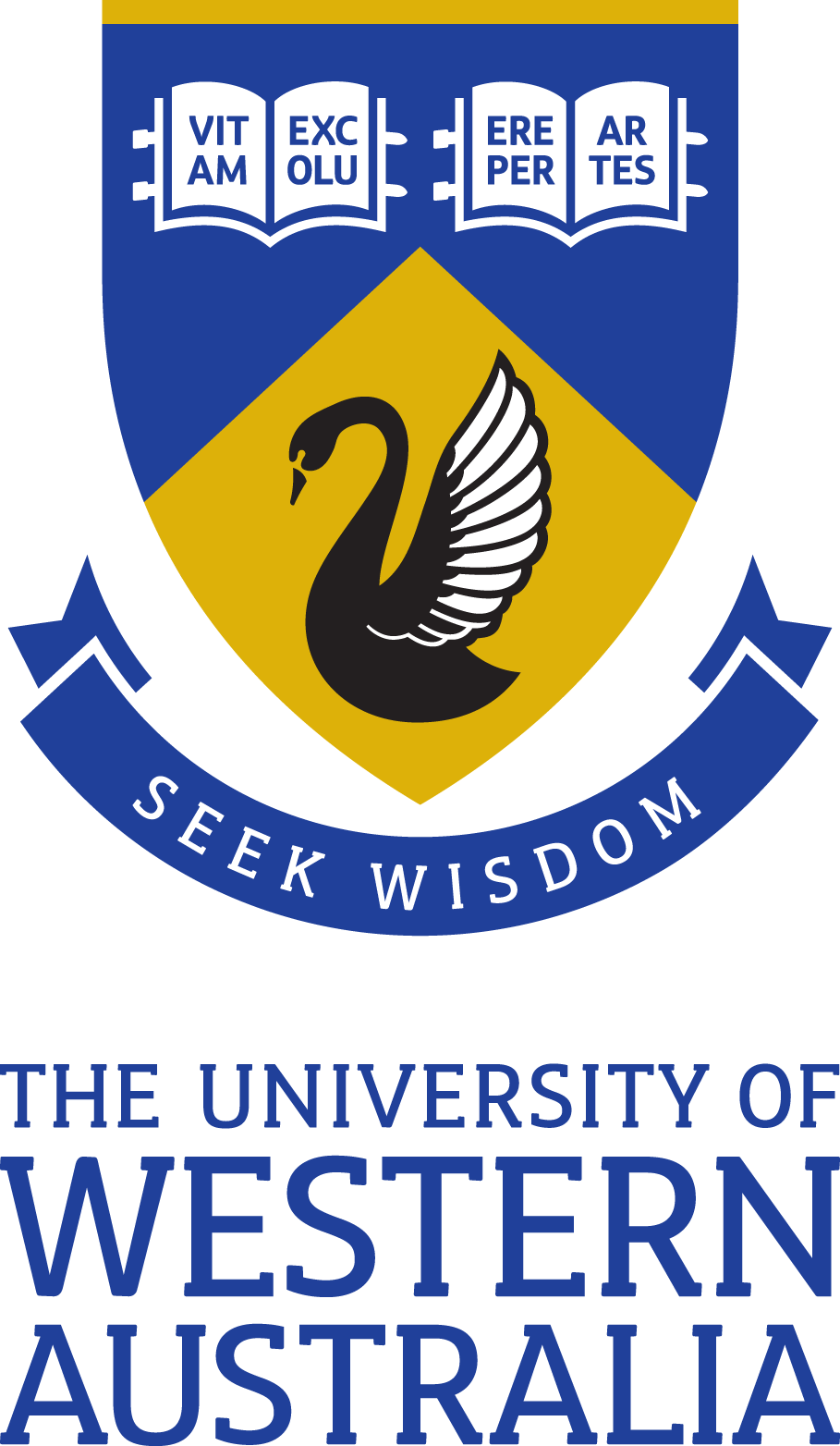Full description
Comparative studies of sympatric species that integrate both phylogeographical and population genetic approaches provide insight into how demographic events and life history traits shape adaptive potential and drive species persistence. Such studies are rare for species-rich and strongly structured environments, especially those of the southern hemisphere. For two sympatric, perennial shrubs of the south-west Western Australian semi-arid zone, Grevillea globosa and Mirbelia sp. Bursarioides, we assessed historical and contemporary genetic diversity and structure, demographic processes and ratios of pollen to seed dispersal. Phylogeographical structure was not detected and haplotype networks were star-like. Number of haplotypes, nucleotide diversity, haplotype diversity, and allelic diversity were statistically significantly lower for G. globosa than for M. sp. Bursarioides. Levels of haplotype divergence and more contemporary genetic divergence and expected heterozygosity were lower for G. globosa than for M. sp. Bursarioides, but differences were not statistically significant. Both species exhibited signals of isolation by distance and low pollen to seed dispersal ratios (5.26:1 and 6.88:1). Grevillea globosa displayed signals of historical and contemporary demographic expansion. Results imply an important role for aspects of seed ecology that impact population demography, as well as direct dispersal and a significant contribution of seed dispersal to genetic connectivity in a semi-arid landscape.,Genotype data for 12 nuclear microsatellite loci for Grevillea globosa in GenAlEx formatGenotype data for 12 nuclear microsatellite loci for Grevillea globosa in GenAlEx format.Gg ms data for dryad.xlsxGenotype data for 12 nuclear microsatellite loci for Mirbelia sp. Bursarioides in GenAlEx format.Genotype data for 12 nuclear microsatellite loci for Mirbelia sp. Bursarioides in GenAlEx format.Mb ms data for dryad.xlsxHaplotype data for Grevillea globosa in nexus format.Haplotype data for Grevillea globosa in nexus format.Gg haps data for dryad.nexHaplotype data for Mirbelia sp. Bursarioides in nexus format.Haplotype data for Mirbelia sp. Bursarioides in nexus format.Mb haps data for dryad.nex,Issued: 2015-12-15
Subjects
Demography, |
FOS: Sociology, |
Fabaceae |
Grevillea globosa, |
Mirbelia sp. |
gene flow, |
phylogeography, |
seed bank, |
User Contributed Tags
Login to tag this record with meaningful keywords to make it easier to discover
Identifiers
- DOI : 10.5061/DRYAD.5VV33

- global : 7d56f161-9398-4948-a298-6aaa4c6ed32a


